
Welcome to the second installment in our series on Ayahuasca retreats, sponsored by the transformational retreat organization 1Heart Journeys, an official partner of Third Wave.
Disclaimer: Psychedelics are largely illegal substances, and we do not encourage or condone their use where it is against the law. However, we accept that illicit drug use occurs and believe that offering responsible harm reduction information is imperative to keeping people safe. For that reason, this document is designed to enhance the safety of those who decide to use these substances.
Ayahuasca integration can be highly impactful, allowing you to experience long-term benefits.
Ayahuasca integration, as with any other kind of psychedelic integration, refers to making sense of the significant aspects of your journey and changing your attitudes and daily life to incorporate them.
The visions, insights, and emotions that can occur during an ayahuasca journey can leave a lasting impression on you, sometimes containing clear messages and meaning. Still, at other times you may be left feeling confused.
For anyone who had a challenging journey or who is struggling emotionally in the days and weeks afterwards, integration can also be a critical way to process these emotions and create a narrative that leads to sense-making, personal healing, and stability.
This article is aimed at anyone interested in ayahuasca, who has sat with it, or who lacks ayahuasca-integration resources and needs support. This piece highlights the work of 1heart, which offers a five-week ayahuasca integration program that includes numerous group calls, weekly prompts and exercises, and other world-class integrative services.
Tim Sae Koo, the co-founder of 1heart, offers an important reminder:
“The easy part is drinking ayahuasca. Now you’re along for the ride. The hard part is integrating your experience into your day-to-day.”
Ayahuasca Integration Begins With Preparation

Preparation can support a stronger, more meaningful, and more positive ayahuasca experience. You want to be able to gain as much as possible from your ayahuasca journey. By understanding the importance of surrendering to whatever arises and having clear intentions going in, you will be more open to insights that can make a meaningful difference in your life.
As an example, part of 1heart’s 8-week human accelerator program includes two weeks of group preparation prior to the ayahuasca journey. 1heart places great importance on this preparation stage, including:
- Basic ayahuasca preparation, ensuring you have everything you need to feel physically comfortable and emotionally grounded during the experience.
- Being aware of the physical aspects of the ayahuasca experience, including nausea and purging.
- Keeping in mind core themes that will help guide you in a positive direction on your journey. These include the values of love, surrender, reverence, gratitude, and connection.
- Intention setting, or gaining clarity on why you want to sit with ayahuasca or what you’re specifically hoping to get out of the experience.
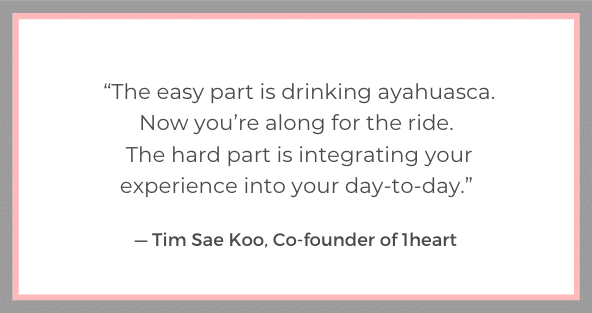
Common Integration Themes
An integration theme is a particular type of experience or insight that someone has during a psychedelic journey, which they then use to make a positive change in their life.
These themes can include:
- Feeling the desire to improve in your career, relationships, and service to others, and being eager to find the best practices that allow that self-development to occur
- The desire to experience greater levels of joy and self-love
- Wanting one’s work to be aligned authentically with oneself
- The desire for a genuinely supportive community
- Being unsure of what happened during the experience and wanting a community that understands
- Trying to remember the most meaningful details of the journey, such as any introspective thoughts, insights, visions, strong emotions, or somatic experiences that were especially profound
- Finding that the ayahuasca experience was challenging and overwhelming, and wanting to make sense of any negative emotions or disturbing visions that arose
The Challenges of Ayahuasca Integration
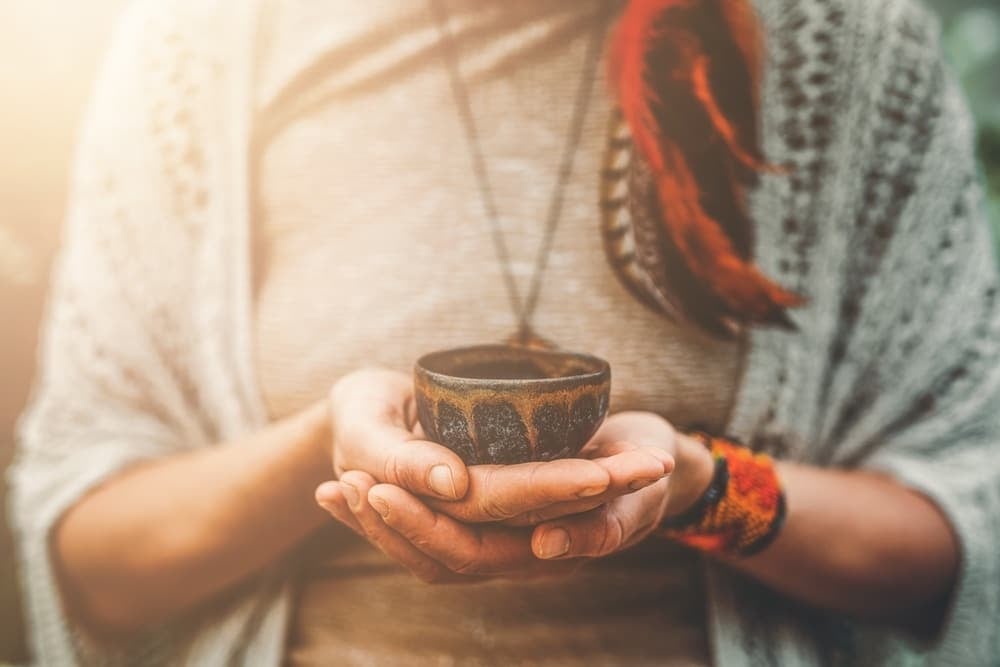
You will notice that some of the common themes of psychedelic integration involve challenging questions and negative emotions.
Kerry Moran, a psychotherapist who focuses on ayahuasca integration, notes some of the likely challenges that can occur in the days and weeks after an ayahuasca retreat:
- Increased sensitivity:
You may feel more sensitive to your environment, sensations, and other people, meaning that you experience life more intensely. This can feel isolating if others around you don’t feel the same.
- Need for support:
You may need emotional support, but when re-entering modern society and culture, you may encounter a conflict – you can’t find the support you’re looking for. Loved ones may not understand what you experienced, and it can be challenging to explain your journey to others. Others may also not be that interested in your story or, worse yet, may express judgment or negative interpretations.
- Self-doubt:
What seemed crystal clear on retreat may seem less certain back home, making it easier to fall back into destructive mental patterns and behaviors. As a result, you may question whether you can change and start to view your ayahuasca visions and insights as mere hallucinations and delusional thoughts.
- Making sense of your experiences:
The messages received during the ayahuasca experience can be meaningful but not necessarily straightforward. Insights may emerge weeks, months, and perhaps even years after your journey.
- Re-adapting to society:
After a cataclysmic ayahuasca experience, you may experience a feeling of rapid personal transformation. This may lead to reverse culture shock when you re-enter society. Modern materialistic life, the city’s stimulating nature, and rapid pace, and little time for reflection can feel jarring after a profound psychedelic retreat in nature. You may be left feeling alienated and out of place, but this is often a temporary phase that will pass.
Other Challenges for Ayahuasca Integration…
There are other challenges that you may face during ayahuasca integration. If aspects of your personality, worldview, attitudes, and values change after working with ayahuasca, you may find it harder to relate to some of your friends. In some cases, this might mean “shedding” old friends.
Nevertheless, the upside is that there are always opportunities to make new connections with people who better understand you. Moreover, it’s always possible that the changes you go through lead to deeper connections with your loved ones.
Another potential challenge is feeling a strong conviction that the personal changes or realizations you’ve had due to ayahuasca make your existing career seem unsuited to you. This can make continuing to follow that career path inauthentic and unfulfilling. Or you may decide to switch careers, which can be quite stressful and anxiety-inducing. Nonetheless, making the right career change can feel like a satisfying form of integration.
Effective Techniques for Ayahuasca Integration

Now that we’ve looked at some of the common themes and challenges of ayahuasca integration, you may now be wondering what steps you can take to incorporate the lessons of ayahuasca into your life.
Let’s explore the techniques that attendees find most helpful.
The Power of Patience in Ayahuasca Integration
Since many positive changes that may result from an ayahuasca experience can take weeks, months, or even years to manifest, it’s crucial to be patient about the changes you want to see. You can practice patience during the process of ayahuasca integration in several ways:
- Steep in the afterglow:
The afterglow is the period following a psychedelic journey where you feel a heightened sense of joy, gratitude, contentment, peacefulness, confidence, and social connectedness.
The world may also seem more vivid and interesting. Stay present with this experience and focus on the emotional aspects you’d like to continue to cultivate.
- Acceptance:
Learn to embrace the material, emotions, and sensitivities that arise in the days and weeks following an ayahuasca retreat, rather than resisting, rejecting, or avoiding them.
- Rest:
It may be tempting to view an ayahuasca retreat as a quick fix and that you can instantly return to your normal routine when you get home. However, it’s important to set aside time for reflection, focus on sleeping well, and take things slow.
This patient attitude will allow you to give time and attention to your psychedelic insights.
- Don’t make sudden changes:
You might also have a strong sense of major changes you want to make following an ayahuasca journey.
Nevertheless, it’s best to wait weeks or perhaps months before committing to any big decision. This will ensure that any major life change is based on careful consideration of your authentic values rather than impulsivity.
- Come back to your original intentions:
It’s understandable to become impatient if old fears and self-limiting beliefs return following a therapeutic ayahuasca journey and afterglow period. This is why it’s vital to remember and focus on actualizing your original intentions.
With patience, old habits can be replaced with new ones.
Reminder Practices for Ayahuasca Integration
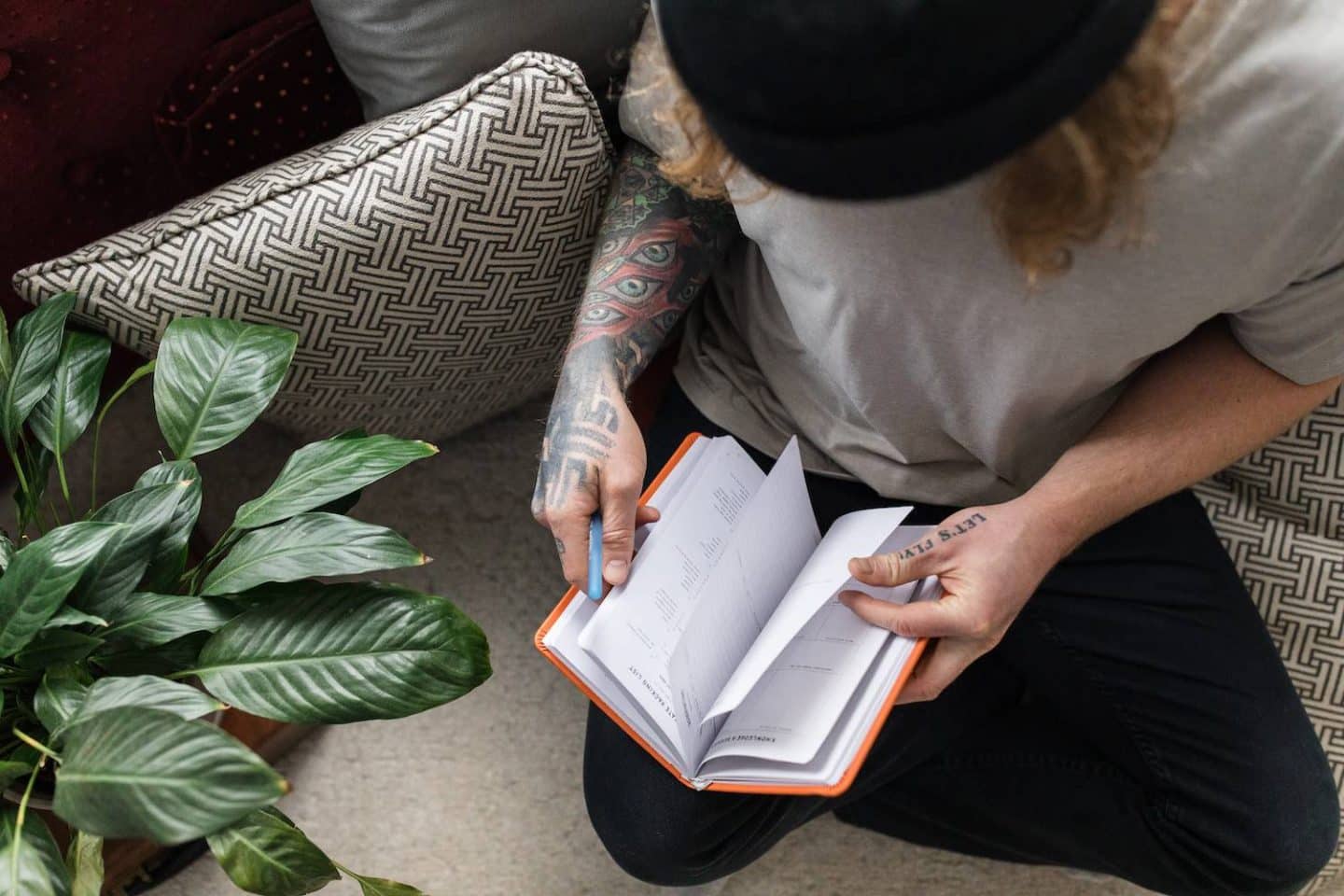
We define “reminder practices” as anything that helps to remind you of a valuable state associated with your plant medicine ceremony.
The more you do this by habit, the more likely you will think, feel, and act in ways consistent with the lessons you learned during an ayahuasca journey.
Reminder practices include:
1. Picking up a meditative practice
There are meditation practices that can help to cultivate certain positive states of mind that you may experience during and after an ayahuasca experience, such as mindfulness, loving-kindness, compassion, and equanimity practices.
2. Being creative
Creating art in whatever medium you like can be a unique way of representing the visionary, emotional, or somatic aspects of your ayahuasca journey.
3. Journaling
In order to keep your memories of your ayahuasca experience fresh and detailed, it can be helpful to record them in a journal. It can also be helpful to write down questions and interpretations surrounding the material that came up and how you would like to move forward.
4. Being mindful
Practicing mindfulness occurs not just on the mat when we meditate but also throughout daily life when we eat, move, spend time with others, and consume news and information online. Research has shown that in the ayahuasca afterglow, levels of mindfulness increase.
Having a daily mindfulness meditation practice may prove beneficial in the long term as well. As the authors of research on the ayahuasca afterglow declare, “This period may offer a window of increased therapeutic potential.”
Psychedelic researcher Rick Strassman points out in The Psychedelic Handbook (2022) that the afterglow is the “critical period” in which the effects of positive intervention may be especially powerful. This is because, as Strassman says, the afterglow period (a couple of weeks to a month) corresponds to the neurogenesis (the growth of new neurons) and neuroplasticity (the growth in the number of connections between neurons) that continue after the psychedelic experience is over.
If you had an insight when sitting with ayahuasca that being more present in all your experience is important for well-being, being committed to developing mindfulness can help you integrate this insight.
5. Replaying music from your experiences
If you listened to certain music or a playlist during your ayahuasca journey, re-listening to it can bring back important memories and details.
6. Spending time in nature:
One common report from ayahuasca retreat participants is feeling an increased connection to nature (also called nature-relatedness). Research has found that these increases are significant.
Nature-relatedness is linked to reductions in depression and anxiety and increases in mindfulness. You can enhance your connection to nature – and, therefore, the associated mental health benefits, by spending lots of time outside after an ayahuasca retreat.
7. Gratitude practices:
Many ayahuasca retreat participants experience intense gratitude and appreciation during and after their journeys. You can maintain and strengthen these feelings through practices like keeping a gratitude journal, engaging in gratitude meditation, or expressing appreciation to others in your life.
8. Pursuing a healthy lifestyle:
As we’ve seen, a common theme in ayahuasca experiences is self-love. And caring for yourself should have practical consequences, like leading a lifestyle that protects your physical and mental health.
Self-love lifestyles include having beneficial morning and evening habits, eating well, exercising regularly, and practicing good sleep hygiene.
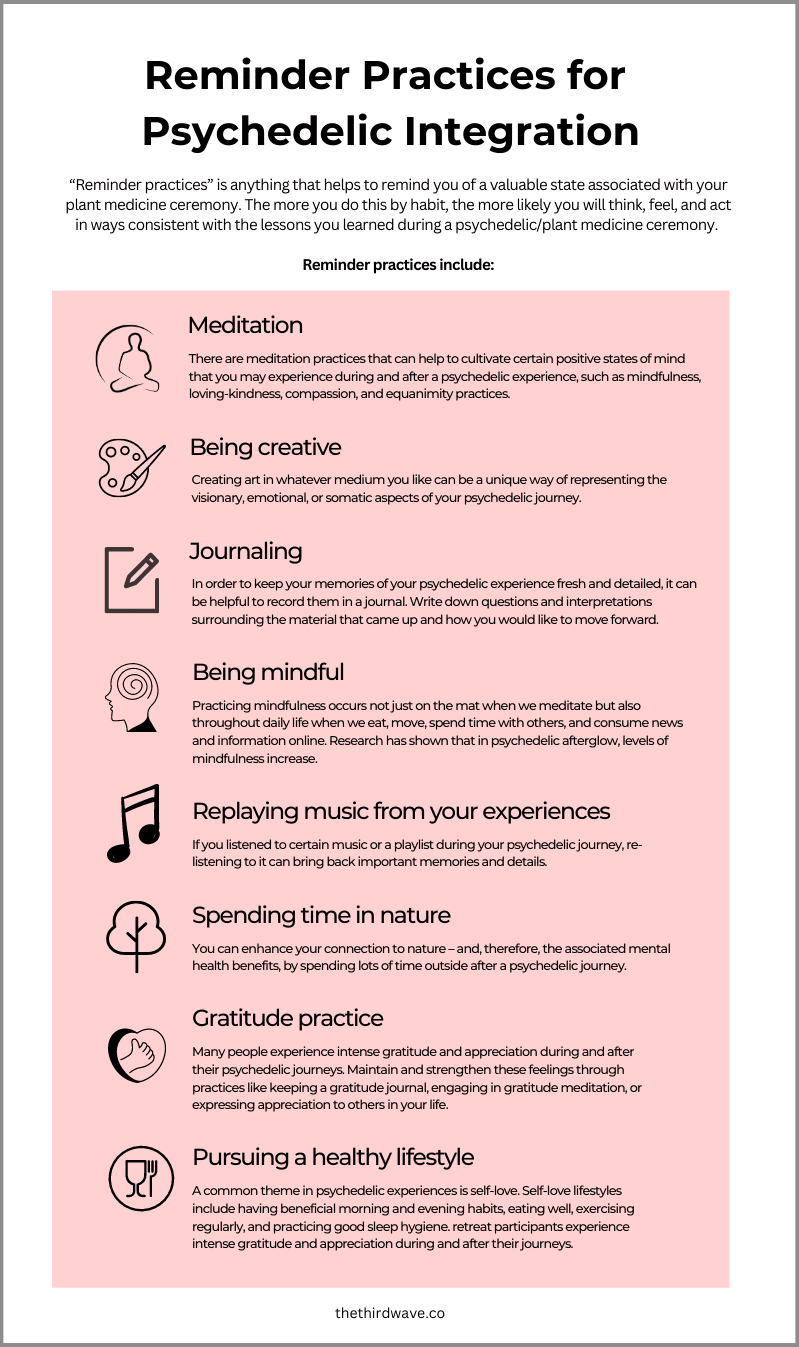
The Dieta for Ayahuasca Integration
At many ayahuasca retreats, including 1heart’s, you will follow the ayahuasca diet (or dieta), a set of nutritional and lifestyle recommendations to follow before and during the retreat. The dieta involves removing foods like red meat, dairy, alcohol, processed sugars, and oils, and activities such as sex and recreational drug use.
When the retreat ends, you can return to your old diet (or perhaps follow a new one) by slowly integrating certain foods and behaviors back into your life, rather than doing it all at once.
It’s typically encouraged to continue with the dieta for two weeks after your ayahuasca ceremonies close. This can help you re-commit to a healthier, more aligned lifestyle rather than jumping right back into old eating or behavioral patterns that are more harmful than harmonious.
You may also notice that you want to continue excluding foods and add others if you feel better physically and mentally for having followed the dieta.
Integrating Together: The Role of Community
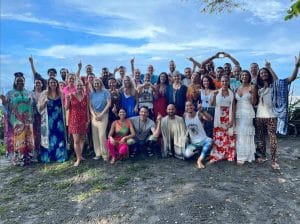
After your ayahuasca retreat is over, if you feel you want to share your experiences with others, you need to understand who is and isn’t the right audience. Only choose to share with those who will listen empathically and non-judgmentally, without forcing their opinions or advice.
You may have a lot you want to share, but sometimes friends and family aren’t the ideal audiences for such a story. Instead, you may benefit by seeking out psychedelic integration circles, where you have the time and space to share your experiences, as well as listen to those of others to which you may deeply relate.
It’s important to have like-minded people to integrate with who understand your journey. And a retreat like 1heart helps to provide exactly this.
1heart is one of the few retreat providers that offers an interactive integration program that includes all participants and staff to provide a supportive community. Many people on the retreat continue to stay in touch so that they can integrate together. You want to pick a retreat that attracts the type of people you want to be around.
Working With a Coach or Therapist for Ayahuasca Integration

If you feel you need more frequent opportunities to discuss your ayahuasca experiences in-depth, working with a coach or psychotherapist trained in psychedelic integration may be worthwhile.
A psychedelic therapist differs from a coach in that they’re trained in more mainstream therapeutic methods, leveraging them with the aim of healing past trauma that is at the root of present emotional distress. A coach, on the other hand, helps to build your ideal future, using your psychedelic experiences as valuable material.
Still, many therapists can and do help with spiritual growth, and many coaches work with you to overcome deep-seated pain.
Integrating “Spiritual Emergencies”
The psychologist Stanislav Grof and his wife Christina Grof coined the term spiritual emergence to refer to the experience of a breakdown of meaning, which leads to personal growth and improved psycho-spiritual health.
The Grofs also came up with the term spiritual emergency to refer to a crisis state in which the process of growth brought on by the spiritual emergence becomes overwhelming, unmanageable, and a cause of disruption to normal functioning.
Psychedelics, including ayahuasca, can lead to spiritual emergencies, the signs of which may include:
- A lack of motivation
- Feelings of anxiety, fear, and desperation
- Fatigue
- High energy, restlessness, and difficulty sleeping
- Heightened sensitivity to both the external and internal world
- Physical sensations like the feeling of energy or electricity surging through the body
- Impairments to thinking, memory, and decision-making
- Alterations to your sense of self or the loss of it
- Feeling disconnected and isolated
- Loss of inhibition or increased risk-taking
- Social withdrawal
Integrating a spiritual emergency involves making sense of it and using it to your advantage. Speaking with a therapist or in an integration circle familiar with spiritual emergencies can be helpful.
Finding a psychotherapist trained in transpersonal psychology can be beneficial too, as this approach pays special attention to altered states and spiritual experiences, including spiritual emergencies.
Other useful resources include the Spiritual Crisis Network and the International Spiritual Emergence Network, which can help you find meaning in your challenging experience. Integrating this type of experience can not only return you to a state of ease and normalcy; it can also provide you with a stronger sense of meaning and purpose in life, a more secure sense of self, and a feeling of greater wholeness.
Do Indigenous Practitioners Practice Ayahuasca Integration?
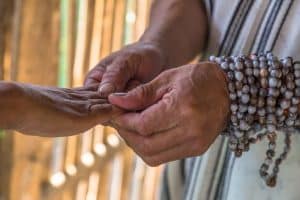
Psychedelic integration, as a formal or distinct stage of the psychedelic experience, is in many ways a Western concept and practice. As the authors of a 2022 Psychedelic Integration paper published in Frontiers in Psychology put it:
With regard to integration, it is sometimes said that Indigenous peoples do not have the same need for formal integration because psychedelics are utilized within the community and with a more holistic worldview or because psychedelics are already more integrated into Indigenous cultures that utilize them (Aixala, 2017).
In contrast to Indigenous cultures that have a tradition with psychedelics, Western participants may not possess adequate cultural references to comprehend complex, abstract, and symbolic content that often emerges with psychedelics, necessitating therapeutic support throughout the process, including during the integration stage (Loizaga-Velder and Pazzi, 2014).
Final Thoughts on Ayahuasca Integration
Integration is about bringing your psychedelic breakthroughs, lessons, and perspectives into everyday life, but this requires continual effort and support.
Community-based integration tools are invaluable as you step out of the plant medicine container and into the real world, awash in triggers and distractions. Change can be challenging, but taking small steps with a robust integration system is the best way to step into your highest potential.
Check out Third Wave’s Directory for psychedelic therapists who can aid you in your ayahuasca integration journey.
And if you’re interested in an ayahuasca retreat that includes an in-depth integration program, 1heart provides carefully devised content modules and virtual live calls with all retreat participants, small groups, and buddies to help you stay connected and supported.

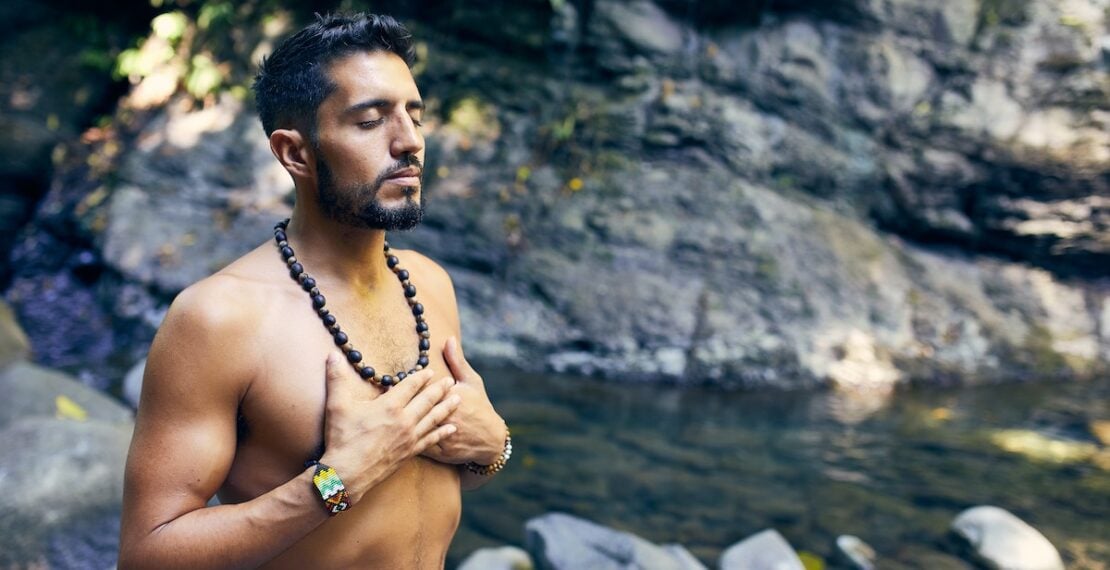
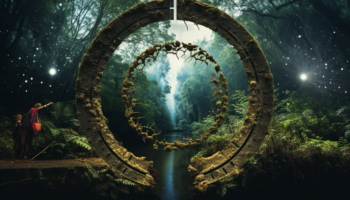



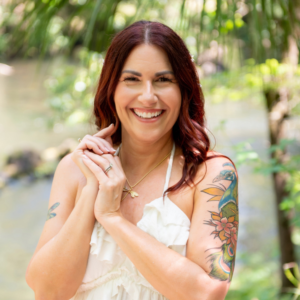
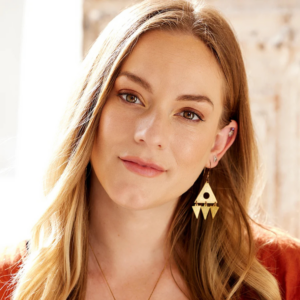
Thank you so much for this great article!!! I feel a bit disorientated after a four day retreat in Spain. I feel my perception changed / transforming and I can’t speak with my friends about it… there are many aspects you mention, I can identify with and feel myself more in process again.